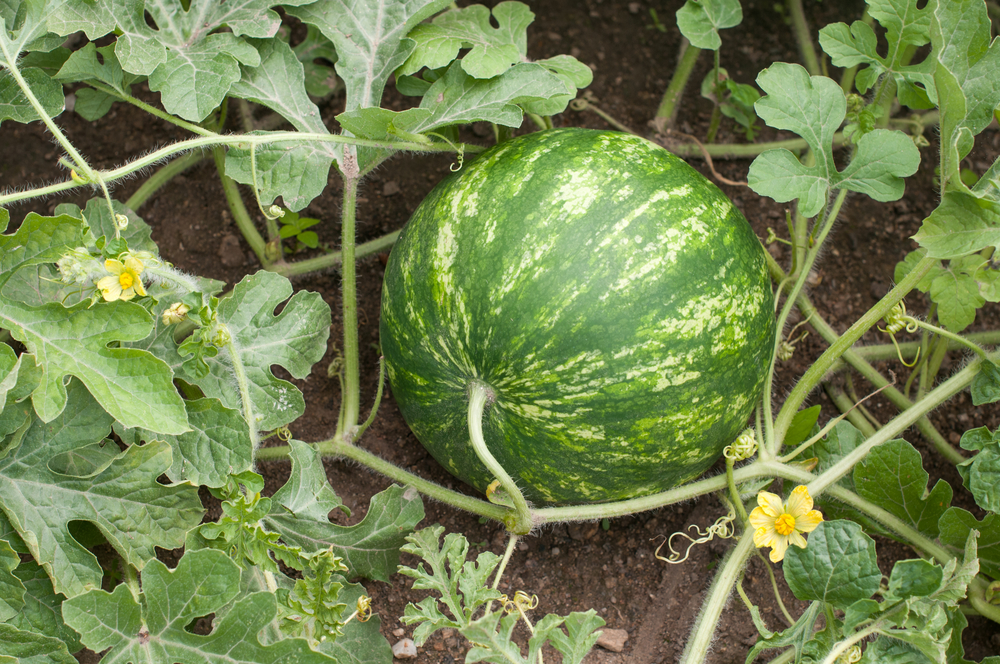
Watermelon season is winding down in Alabama this week. Just like its southern counterparts, north Alabama producers enjoyed a successful season, according Eric Schavey, Alabama Regional Extension agent in Northeast Alabama
“Overall, watermelons in our area, in Northeast Alabama was good,” said Schavey, who serves Blount County, Cherokee County, Cullman County, DeKalb County, Etowah County, Jackson County, Madison County and Marshall County.
“We got a premium price for them. Up until the last 20 days, 15 days, the watermelons, you were getting a premium. The wholesale side of it went down to $3.25, $3.50, depending on what you had. I’m talking about a good marketable, large watermelon; that 20-pound and even getting up in that 30-pound watermelons.”
Crazy Start
Watermelon producers in North Alabama had to overcome challenges throughout the growing season, starting when seed were put in the ground. Schavey said the northern part of the state experienced a frost on May 26. Normally, seed are in the ground way before that. Growers had to wait, and subsequently, the plants were put in the ground late.
It didn’t impact the fruit’s quality, however.
“As far as quality, everything was really good. We didn’t have a lot of stunted melons or odd-shaped melons. We had real good marketable watermelons this year,” Schavey said.
Production in Alabama
Watermelon production is divided between the southern and northern portions of the state. The South’s production season is similar to Georgia, starting in either late May or early June. Growers in north Alabama are about a month to a month and a half behind, says Schavey.
“We have to wait on those soil temperatures. You’re right on the foothills of the Appalachians when you get into my area. It’s very mountainous up in Etowah, Cherokee, DeKalb and even over in Blount County. You get a lot of terrain change. We can get some cool temperatures,” Schavey said.
He estimated that there are at least 600 to 700 acres of watermelons in his region with most being grown in less than 10-acre plots.









